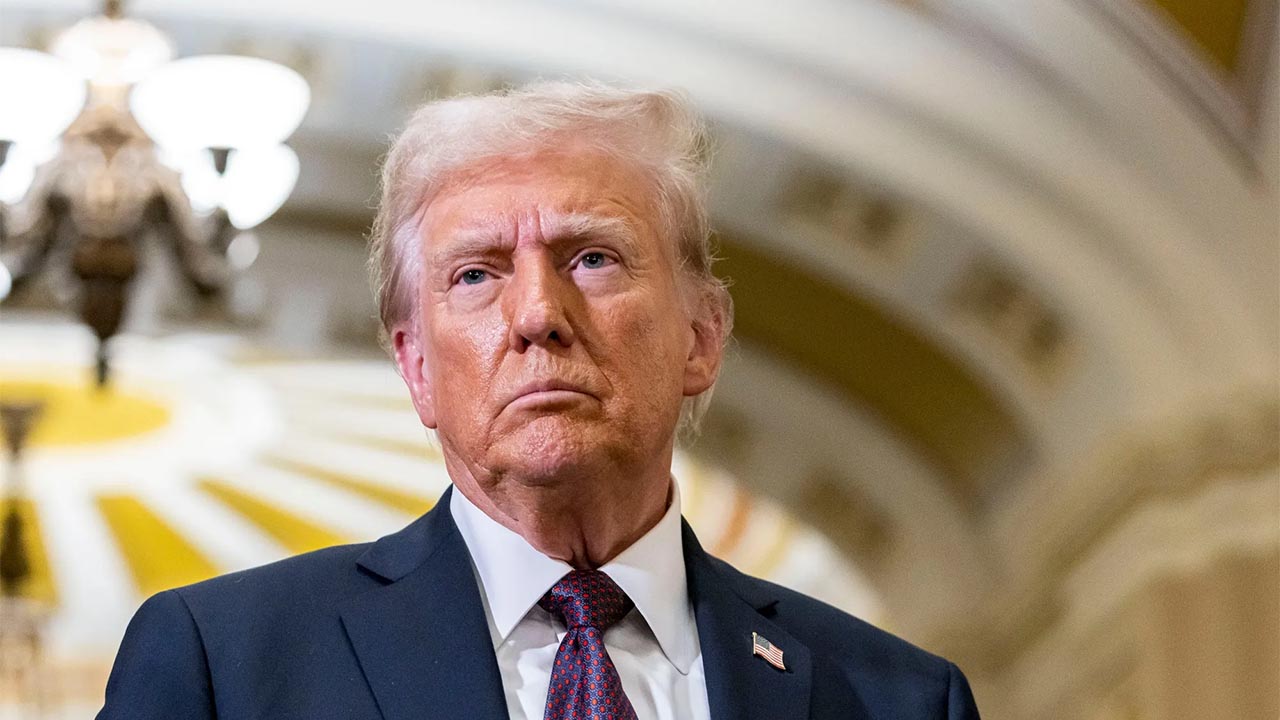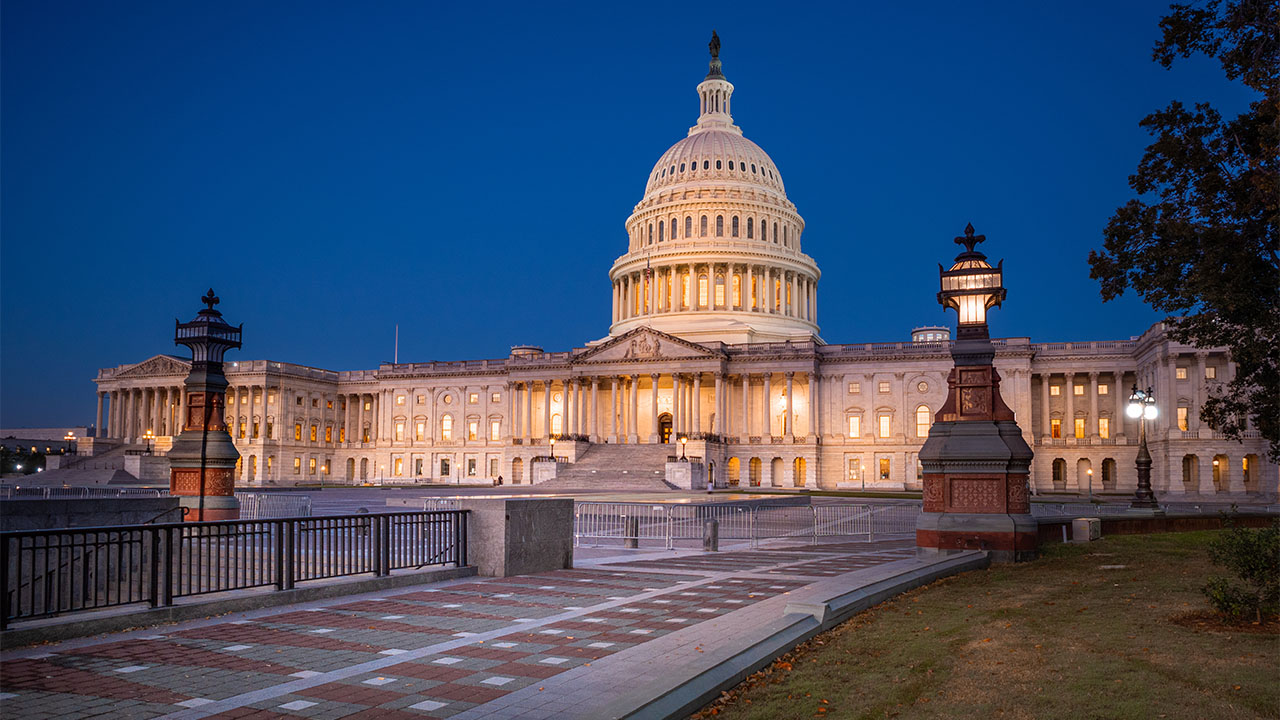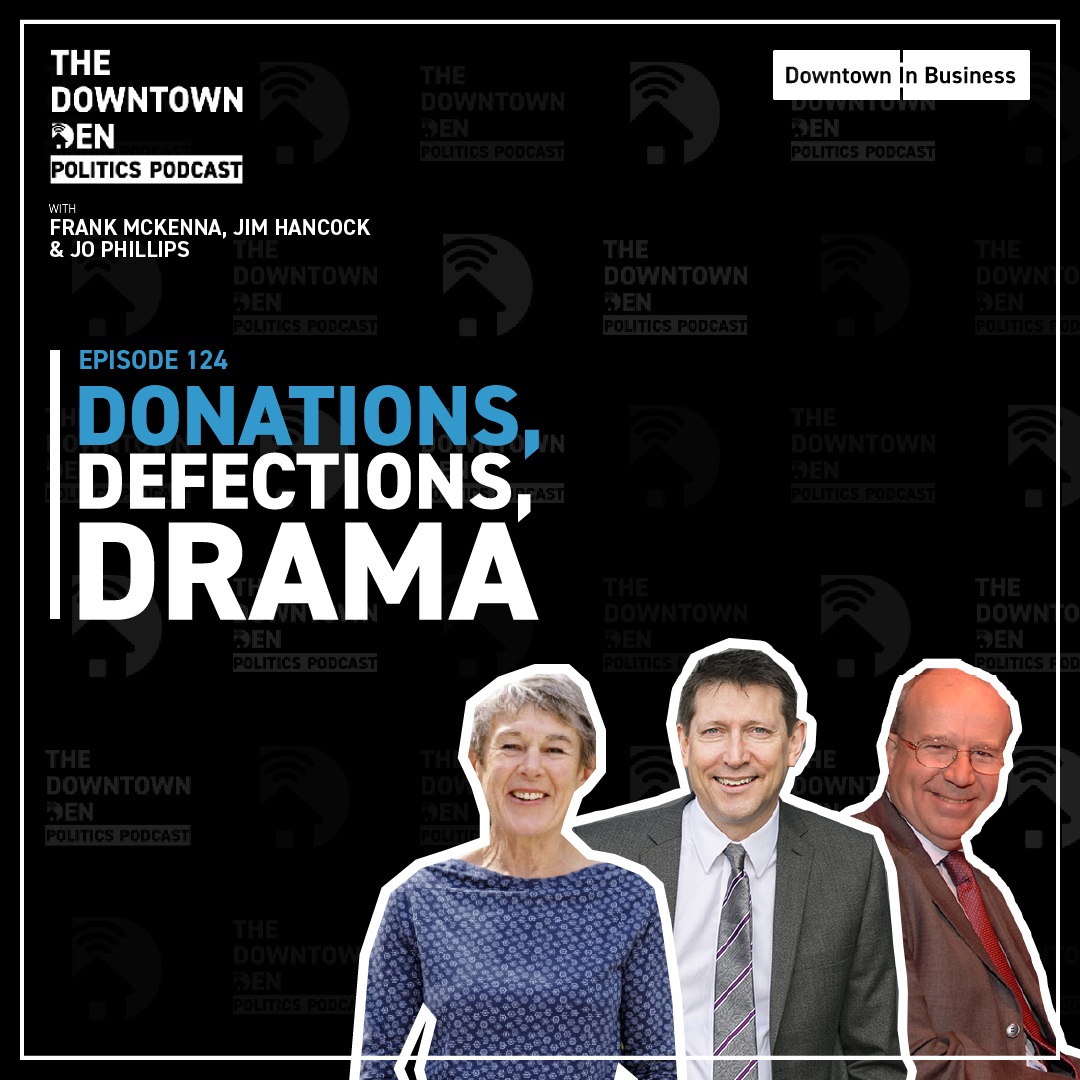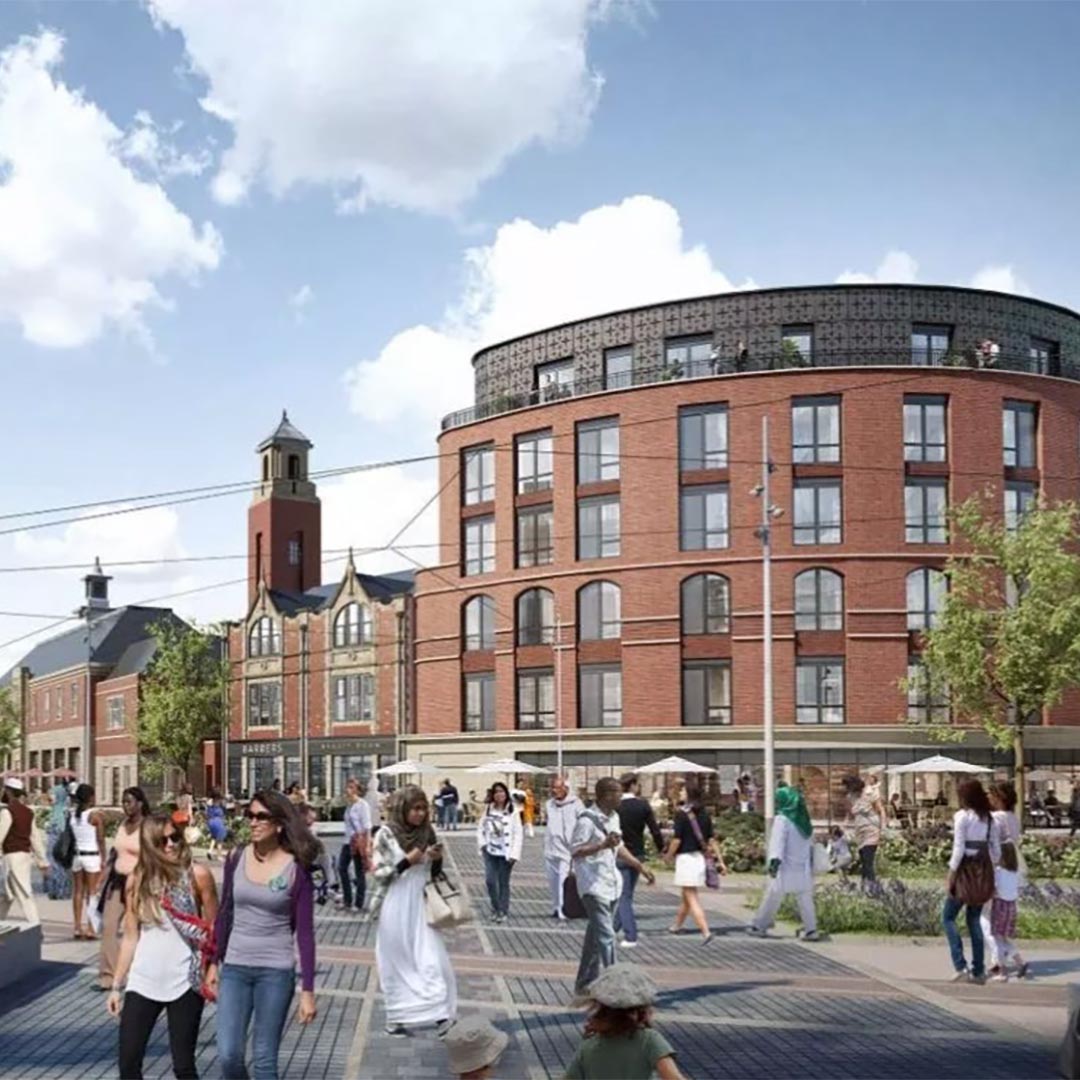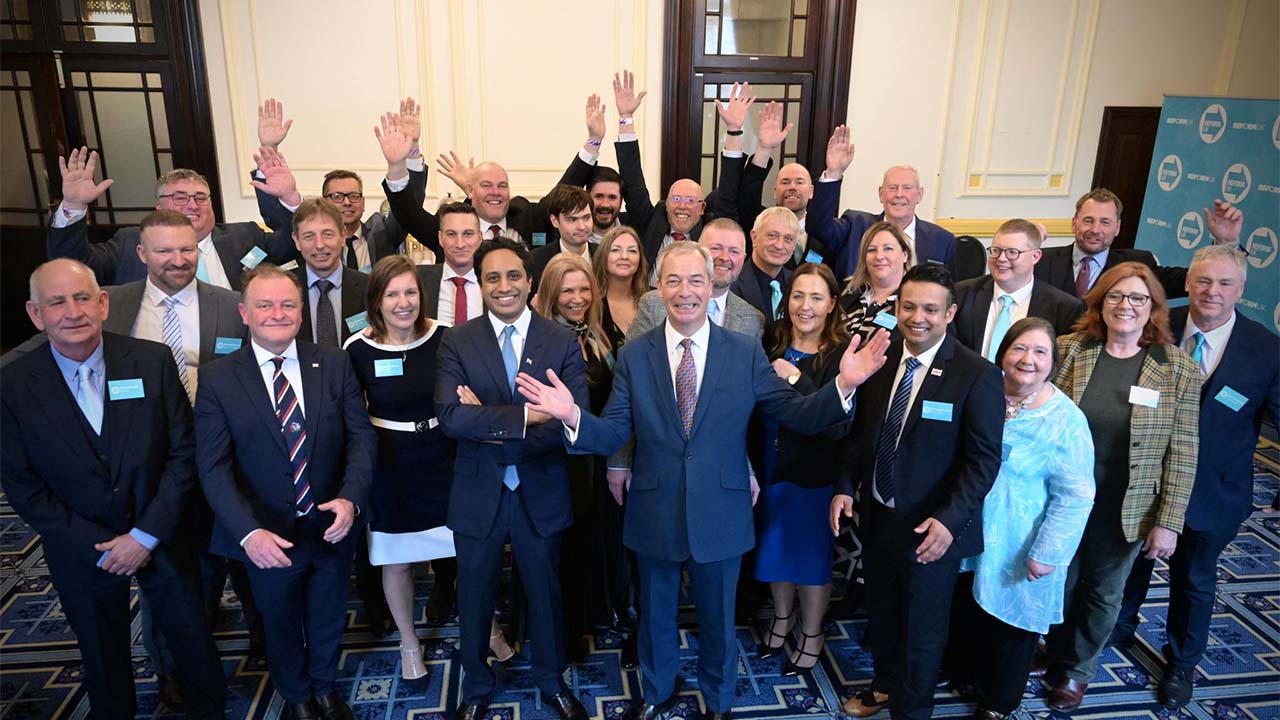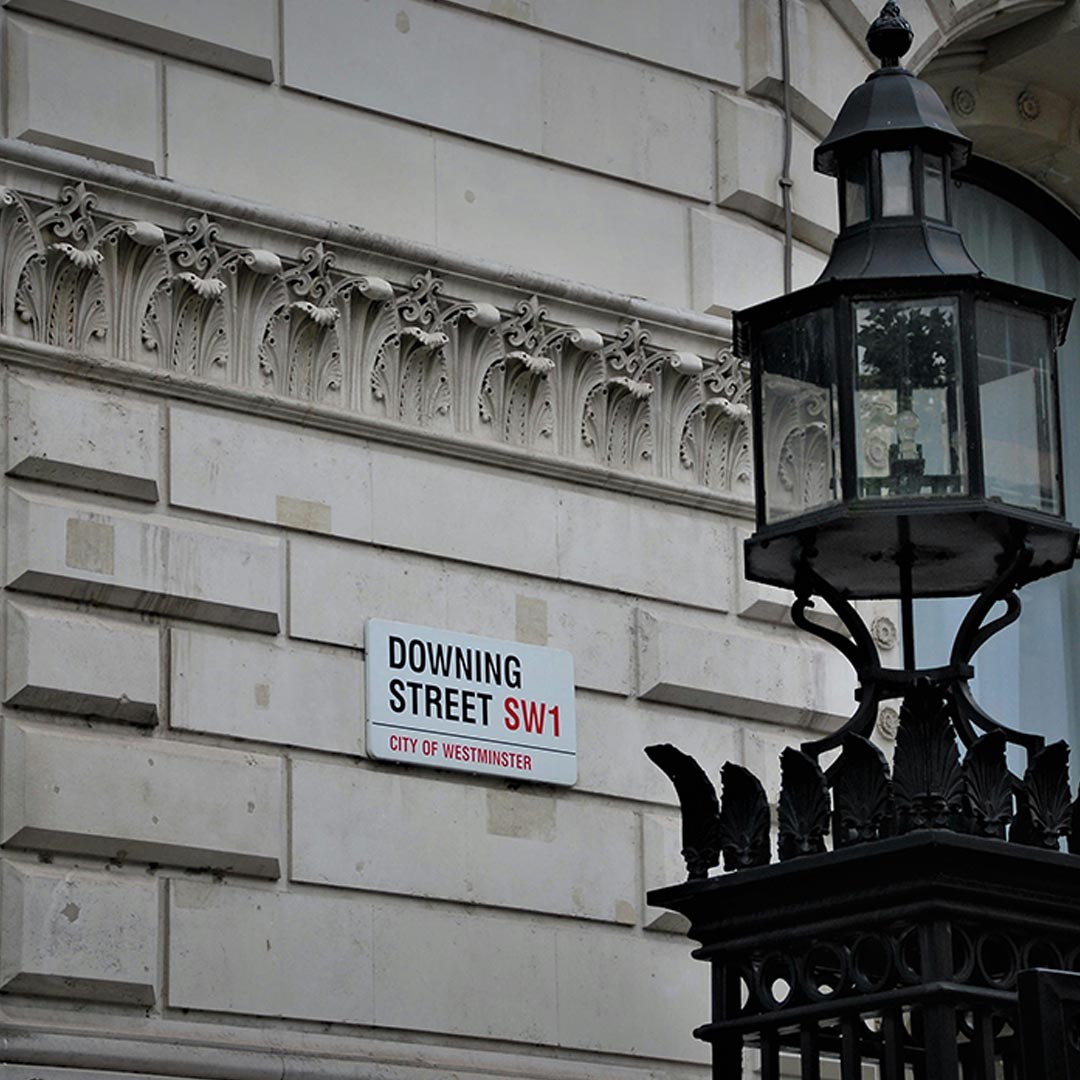Politics junkies rejoice! Elections are heating up again in the U.S.
While the high-profile Presidential and Congressional Elections took place last year, 2021’s polls may possibly be just as important.
Across many of America’s big cities – from Seattle to Atlanta, Boston to San Antonio, New York to Miami – citizens are looking to choose their new Mayors and, though electors don’t get to cast their vote until November, the primaries and run-offs to select candidates are well underway.
Mayors in U.S. cities are arguably as important in improving peoples’ lives as their senators and representatives on Capitol Hill.
With social issues like racial and gender equality, policing, environmental and public health topping many voters lists of issues, Mayors are also having to build new partnerships and coalitions to find solutions the Washington or Westminster political orthodoxy have failed to meet.
And as we saw in the UK with the election of Mayors Andy Burnham, Sadiq Khan, Andy Street, Joanne Anderson, Tracy Brabin and Ben Houchen, new political voices are coming forward from our cities.
Often, it seems, Mayoral elections offer more opportunities to the diverse communities they serve. In Boston, for the first time, the 8-strong candidate shortlist for the 2021 Mayor race contains no white men. And in Liverpool, Mayor Joanne Anderson replicates the achievement of San Francisco’s London Breed, Atlanta’s Keisha Lance Bottoms, Chicago’s Lori Lightfoot and New Orleans’ Latoya Cantrell as the first black woman in charge of her city.
US Mayors lead powerful administrations. In a lesson which perhaps their UK counterparts could learn from, they create teams of the most able and talented rather than repaying political favours or bowing to the pressure of the party or dominant council groups. US Mayors have police chiefs, captains of industry, trade experts, university professors and community campaigners in their cabinet and policy teams. And there are inter and intra-city networks where these special advisers share expertise, encouragement and pool resources and ideas.
While the UK and US systems are not identical, it is interesting to see how Tories like Andy Street in Greater Birmingham and Ben Houchen in Tees Valley have been successful in working across the political divide with predominately Labour council leaders in their jurisdictions.
But there are other similarities too. And challenges.
Cities have seen huge changes in demographics. Across America decades of ‘White Flight’ to the suburbs and the erosion of heavy industry and the decline of its associated mass employment are well documented. Poor planning decisions and inadequate housing solutions have also chased people out of the city centre.
Cities, many with large student populations, are caricatured as young and vibrant. But the latest polling suggests nearly half of Millennials – those aged between 25 and 40 – are up for moving out as well.
In fact, as many young people now see their future in America’s small towns or rural communities as they do in the beating heart of the big metropolis. And the research (LA TIMES and Reality Check) gives us more insight into those who wonder: ‘Should I stay, or should I go?’
Those who still see their future in the cities are overwhelmingly identifying as liberals while conservatives favour main street USA and its big skies by almost 4 to 1. It should therefore be no surprise that Democrats – and in the UK Labour – see success reflected – but restricted to – city polls.
Education is also a factor of note too. With changing work patterns, remote working and work from home becoming the norm, those able to perform these roles are more inclined to look for space and air outside of the crowded and polluted city. The idea that you must go to the city to find work, is rapidly disproven. Even Wall Street has started to ship its back-office work south to Florida where the rent is cheaper, the labour pool is available and, as I can attest, the sun shines. Tech companies are seeing similar shifts to Texas and Arizona from Silicon Valley.
And race is still a factor. U.S. Black Millennials do not see their future in rural America, only 7% favour moving to the country or small-town America while nearly a third of Whites and a quarter of Hispanics pine for the sylvan life.
These forthcoming elections will be interesting to follow. What does the future hold for our cities? All the indicators suggest we will see continued and widening polarization between urban and rural politics. UK news in America was really focused on the Queen’s Speech. The pomp and ceremony still get blanket TV coverage – we love watching the old lords shuffle around and men in tights is always amusing. The Queen’s pitch and perfect enunciation draws mimics and mockery on the late-night chat shows, but overwhelmingly, people were supportive of a woman who lost her partner only a few weeks ago being back ‘on duty’ so rapidly. While the arguments over who is the best head of state may rage, and no-one here is wearing ‘Make America Great Britain Again’ hats just yet, the recognition that our current monarch is a class act are universal.



